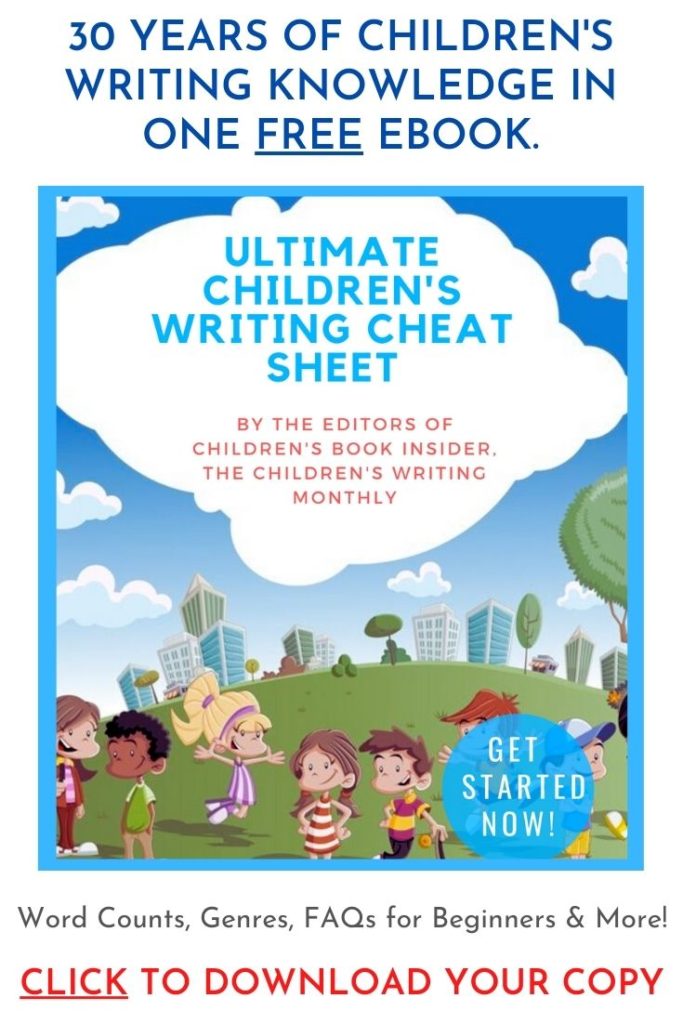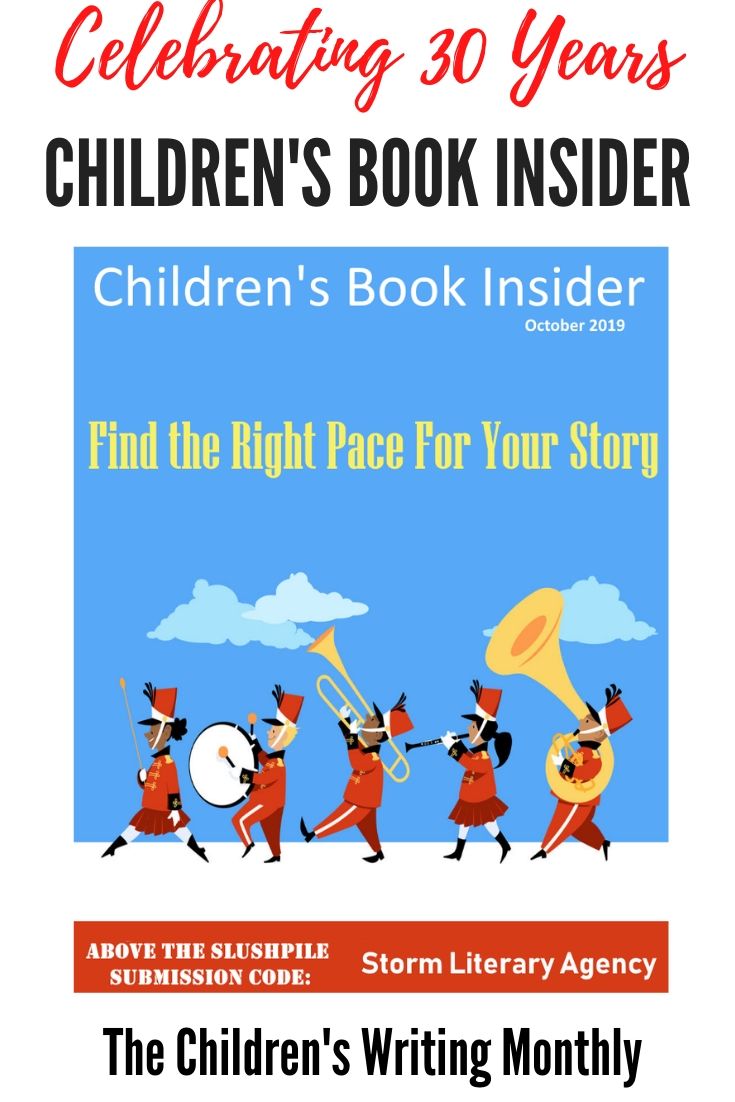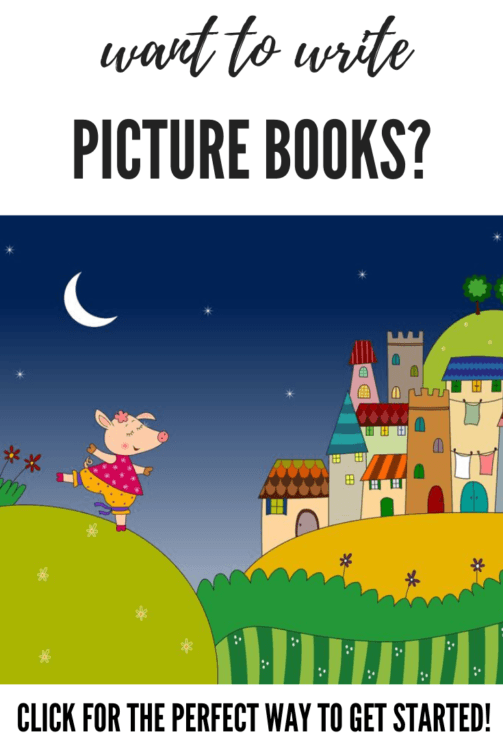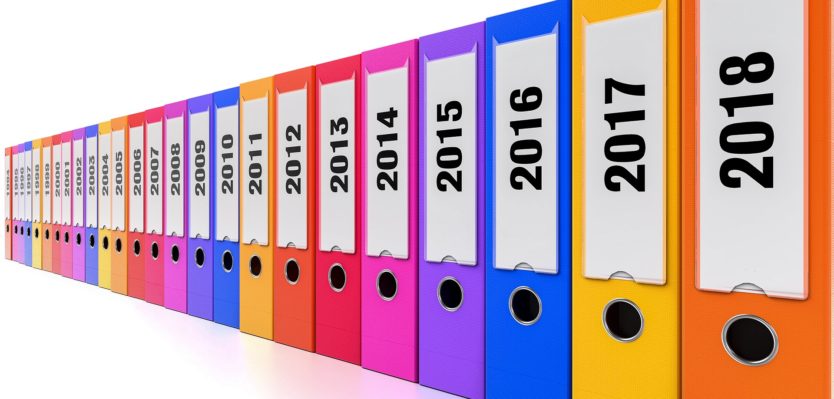
by Suzanna Henshon, PhD
Do you keep track of your progress as a writer? Many times we are so immersed in writing stories and poetry that we don’t know the importance of keeping a portfolio to document the ups and downs of the writing life. When we keep careful records of conference programs, writing drafts, and submissions, we are better equipped as writers. We know what we’ve written and what we’re working on. We can even look ahead to our next project. Portfolios can be electronic or paper, or a combination of both. If you prefer keeping records electronically, create a computer file just for your portfolio, with separate folders for your manuscript drafts, query letters, a spreadsheet of where and when you’ve submitted, and another for records of writing related activities and research.
I also suggest a physical folder or file that can hold handouts from conferences, issues of magazines you’ve submitted to, business cards you’ve collected. I prefer physical portfolios that can be paged through occasionally. Below are some considerations for creating a portfolio that can sit on a shelf in your office or the corner of your desk:
Buy a three-ring binder. A large binder will allow you plenty of space to keep the documents you need along with drafts of stories, letters from editors, and conference information.
Decide what your portfolio will be about. Have a theme—perhaps you may decide to give it a title. Print up a front page with a date, your name, and your address. This makes it official. You are committing yourself to being a serious writer during the next year, and to documenting the progress you make on a weekly basis.
Buy dividers and label them by category. When you start to organize your work, you may have trouble developing categories. So I recommend starting with a resume (which includes all your publications), a list of ideas for possible projects, works-in-progress (you don’t have to actually keep your manuscripts in this portfolio—just list the file name and location on your computer, and dates of your revisions), and publications (create this category even if you’re unpublished—you’re thinking positive!). You may also decide to set up a category for critiques and information about your writing group, including other people’s work that you may be editing. By dividing it into different sections, you can be organized and efficient.
Keep it up-to-date so that it’s always a fresh document. Overall, your writing portfolio will always be a workin-progress. You’ll want to be flexible with what you put inside; sometimes it makes sense to take out old material and put in new things, in order to keep it current.
Include some pockets at the back to stick conference brochures, fliers from book signings you attended, tickets from museums where you did research, etc. In that sense, your portfolio also becomes a scrapbook of your writing year.
Use your portfolio to record your career as a writer. A writing portfolio is a wonderful way to chart your progress and creativity concurrently. You can easily document your submissions, query letters, drafts, ideas, and input your have received during critiques with your writing group. With one glance, you’ll be able to review when you were most productive, and which projects need more attention.
Carefully store your portfolio. At the end of the year, many writers are tempted to recycle their three ring binders. Here’s my advice: don’t do that. When you dismantle your portfolio and throw away the contents, you’ll lose your record of an entire year. You never know when you may need to find a story draft, an editor’s name, or past conference information.
A portfolio is a great way to become more serious about writing. More than anything, developing a portfolio forces you to stop thinking of writing as a hobby and to start thinking about it as a calling, or even as a job. When you have to document what you are doing, when you are doing it, and how you are progressing, you become accountable to yourself. What could be more important?
Reprinted from Children’s Book Insider, the Children’s Writing Monthly
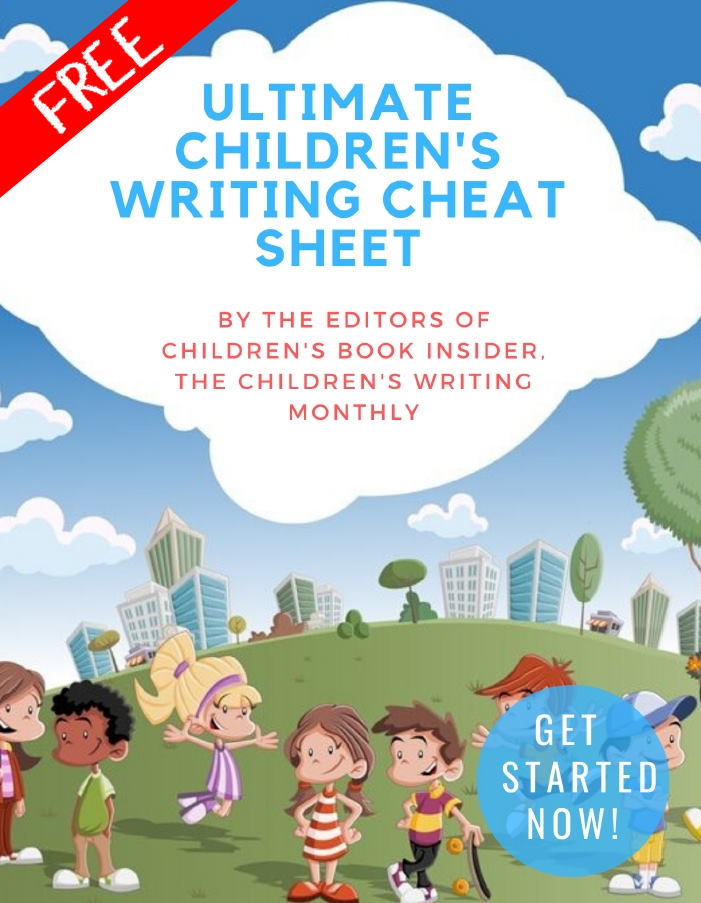
✏ Word Counts & Age Groups for Every Kidlit Category
✏ FAQs, Glossaries and Reading Lists
✏ Category-specific Tips, from Picture Books Through Young Adult Novels
✏ 5 Easy Ways to Improve Your Manuscript
✏ Writing For Magazines …and more!
This is a gift from the editors of Children’s Book Insider, and there’s no cost or obligation of any kind.
We will never spam you or share your personal information with anyone. Promise!
